Search Results for 'Irish War of Independence'
30 results found.
Grandson returns to scene of assassinated RIC inspector
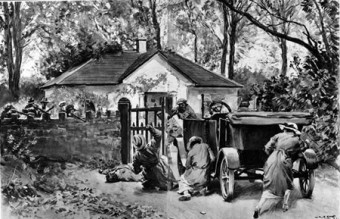
he car pulled up as one side of the gate had been closed by us for that purpose. A man left the car to open the gate. I didn’t know him. When he got to the gate he got the order “hands up” from Ryan and myself. Instead of complying he dodged for cover out of our sight. We concentrated fire on the car, doing our best to save the women in it. The men in the lodge killed the man who came to open the gate. Blake and the other man in the car were killed and one of the two women. Brigadier Stanford (IRA) was on one knee. A bullet hit the stock of his gun, grazed the inside of his leg above the knee and lodged in the heel of his boot. It must have been from the .32 Colt automatic fired by the man who tried to open the gate. I heard afterwards that this man was Captain Cornwallis and that the other man killed was Lieutenant McReary.
Firing squads bring Civil War to a close
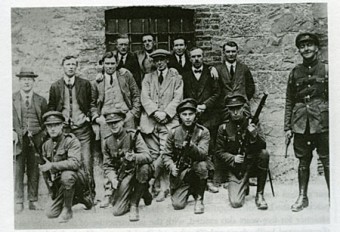
The Civil War in Galway came to an end because there was little appetite for further bloodshed in the face of ruthless determination by the Free State, or the pro-treatyites, to stamp out the anti-treaty forces. The Free State government warned that anyone carrying weapons other than the National Army, would be shot. Eleven Galway anti-treatyites were shot by firing squad. On January 20 1923 Martin Bourke, Stephen Joyce, Herbert Collins, Michael Walsh, and Thomas Hughes, all attached to the North Galway IRA Brigade, were arrested and executed in Athlone. On February 19 eighteen volunteers were arrested in Annaghdown, and brought to Galway gaol. It was given out that all were ‘well armed’. Even though it was expected that all, or a number of them, would be shot, nothing happened.
War of Independence talk to be held in Athlone
The War of Independence in the Midlands conference organised by The Old Athlone Society will take place in Custume Barracks, Athlone on Saturday November 26. The conference has been organised to mark the 90th anniversary of the end of the war. On display at the barracks will be the Sliabh na MBan armed car and a contemporary Peerless armoured car. A host of academics will be speaking on various topics connected to the War of Independence on the day, among them are Ian Kenneally and Dr William Sheehan.
Civil War - British gunboat sent to Clifden
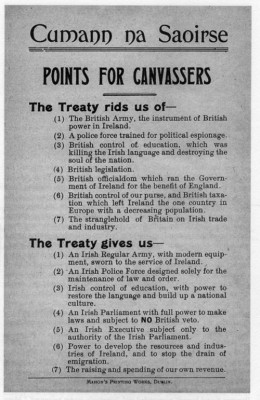
June 22 1922 Galwegians looked on with alarm as anti-Treaty forces, who had taken up positions in a number of buildings in the city, including the former RIC station at Eglinton Street, were preparing for a fight. That morning Michael Brennan, IRA commander of the only major pro-Treaty unit in the west, under orders from Richard Mulcahy Free State Army commander, entered the city with a large well armed force. They immediately secured the county-jail, the courthouse, and the railway hotel. Having seen the end of the War of Independence, and having voted by a substantial majority just weeks before for parties supporting the Treaty with Britain, this was a tragic state of affairs. Galwegians feared an all out pitched battle, followed by the horrors of the previous years of struggle. This time, however, the enemy was not Britain, but former friends and comrades.
Coolbawn Ambush Commemoration
The annual Coolbawn Ambush Commemoration took place in Castlecomer on Saturday June 18, exactly 90 years since that fateful day. The event was organised by North Kilkenny Sinn Féin and drew a large, enthusiastic, crowd to the town despite the inclement weather.
We can be proud of our military heritage
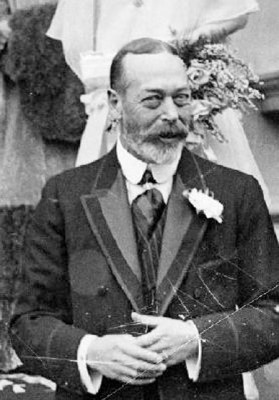
On June 12 1922 a very special ceremony took place at Windsor Castle, near London. Following the establishment of the Irish Free State the previous December, five Irish regiments, including the Connaught Rangers, the Royal Irish, the Leinsters, the Munsters, and the Dublin Fusiliers, which had served the British army with exceptional valour at times, were disbanded. It was a day of special significance for both the participants and onlookers. It was reported in the London Times.
Galway - the most shoneen town in Ireland!
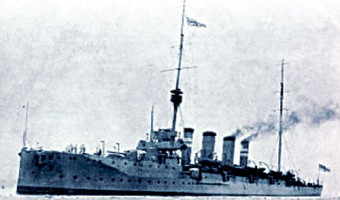
On Tuesday April 26 1916, 95 years ago this week, many people in Galway town were gripped by rumour and hysteria. Rebellion in Dublin had been the sole source of conversation the evening before, but now telegraph lines were cut down, no trains were running, and news that rebellion had broken out in Oranmore, Clarinbridge and Athenry, brought events closer to home. All roads out of the town were considered too dangerous to travel. All shops and factories closed. People stood in small groups discussing the situation. There were fears that the rebels were approaching the town.*
Republican Sinn Féin Easter Rising commemorations
Republican Sinn Féin will hold a series of commemorations throughout Co Galway to mark the 94th Anniversary of the 1916 Easter Rising.
Sean Broderick and the Black and Tans
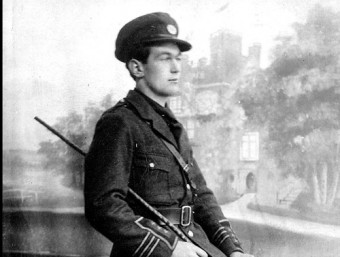
During the Black and Tan era, it was difficult for the IRA to be overtly active in Galway City because it was so heavily garrisoned. Renmore Barracks which was the headquarters of the Connaught Rangers, was occupied by the Sherwood Foresters, more of whom were based in Oranmore: There was a large detachment of the 17th lancers at Earl’s Island: The Auxiliaries had a Company in Lenaboy Castle: And, between the barracks in Eglinton St., two more barracks in Dominick St and many private houses which had been commandeered, there were some 500 men. In addition there were, at varying times, a number of troops camped near Galway.
When the British tried to invade the Aran Islands
In December 1920, the British army, then fighting the IRA in the Irish War of Independence, carried out an amphibious raid on Inishmore in the Aran Islands.

